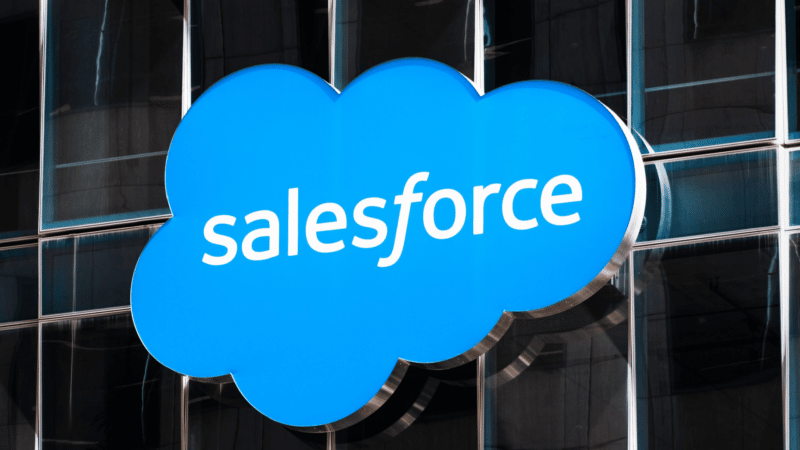Salesforce’s Spring 2024 release brings new features to help brands elevate performance built on the foundation of data, AI, CRM and trust. It includes a plethora of enhancements designed to empower businesses, streamline processes, and enhance customer experiences.
Let’s dig into it.
Harnessing the power of Einstein AI and trusted data from the Salesforce Platform, this feature allows users to draft promotions effortlessly. Based on product data and customer shopping behavior, Einstein generates intelligent promotions with just a few clicks. This empowers businesses to enhance sales through better targeted promotions, leveraging the efficient capabilities of generative AI.
Einstein-powered semantic search
Improving the global customer experience, the Spring ’24 release introduces Einstein Semantic Search. Customers can now find products more easily, thanks to natural language processing that interprets queries and returns relevant results considering synonyms, alternative spellings, typos, and more. This feature enhances user satisfaction by simplifying the product search process and making it more intuitive.
Order splitting: Ship to multiple locations
One of the anticipated features in the latest release is the ability for customers to split items in their shopping cart to multiple shipping addresses during checkout. Not only can customers choose different shipping addresses, but they can also select various shipping methods for each location too. This feature addresses a long-standing request from users, providing a level of customization previously unavailable. Now, businesses can cater to diverse customer needs seamlessly.
Dig deeper: Salesforce rolls out new edition of Marketing Cloud for small businesses
Create variations of a component to target customers
For Salesforce admins, the ability to create different versions of a component targeting specific customer groups is a welcomed new addition. This allows different logged-in users to experience tailored components or configurations, enhancing the user experience.
Cart Calculate API
Your developers are going to love this one. The Cart Calculate API allows them to make custom cart calculations during the checkout flow, with control over the cart calculation process, simplifying the addition of customizations. This was previously a huge challenge. The ease of use enhances the overall development experience and helps developers fine-tune cart calculations according to specific business requirements such as tax, inventory, pricing, promotions, and shipping.
Seamless buying with Express Checkout
The Spring ’24 release introduces Express Checkout, a feature that streamlines the order completion process. Customers can now finalize orders using their digital wallets without the need to enter shipping or payment details repeatedly. With support for popular digital wallet options such as Apple Pay, Google Pay, PayPal and Venmo, Express Checkout eliminates the need for individual third-party integrations. This enhancement will help customers make faster transactions, and an overall improved user experience making it easier to buy from you.
Simplify order creation with High Scale Order Management
Salesforce addresses the needs of its B2B customers by simplifying order creation with the High Scale Order Management Integration. This capability allows the creation of orders from various channels, such as ERP orders or EDI orders, directly within Salesforce. Especially beneficial for Salesforce Order Management users, this feature ensures a streamlined order management process, consolidating orders from multiple platforms into a unified Salesforce environment.
This latest release from Salesforce brings a wave of innovation, redefining the way teams operate and businesses interact with their customers. With a focus on customization, efficiency, and intelligent automation, these new features are poised to propel organizations into a new era of success.
Read the full Salesforce Spring 2024 release notes here.
Get MarTech! Daily. Free. In your inbox.
Opinions expressed in this article are those of the guest author and not necessarily MarTech. Staff authors are listed here.























































![Assessing the Winners of the Super Bowl Ad Blitz [Infographic] Assessing the Winners of the Super Bowl Ad Blitz [Infographic]](https://imgproxy.divecdn.com/kzzGkWf5O2q5NPX8no-8ErGd5bFiXZjPZlEp8PIZVsw/g:ce/rs:fit:770:435/Z3M6Ly9kaXZlc2l0ZS1zdG9yYWdlL2RpdmVpbWFnZS9zZW1ydXNoX3N1cGVyX2Jvd2xfMjAyNTIucG5n.webp)
















